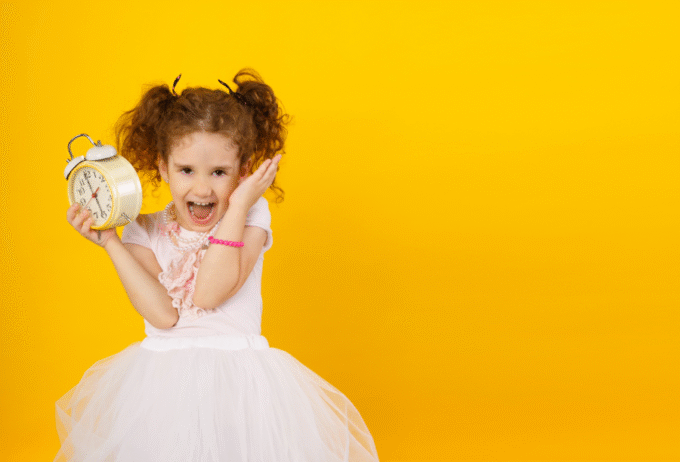Neurodivergence and Trauma: Body Doubling

In the second of our Neurodivergence and Trauma series, Sarah talks about Body Doubling. If you haven’t already read our first article, Sarah told us all about Stimming. You can check it out here. There are lots of shared behaviours between neurodivergent children and children who have suffered trauma. Being aware of these behaviours can help us to respond to them in a helpful and appropriate way.
What “body doubling” means in simple terms
Body doubling is when a person works alongside someone else — not necessarily talking or helping directly — just being there while they do a task.
For many neurodivergent people (e.g., ADHD, autism), this can:
- Make starting a task easier
- Keep their focus from drifting
- Help them feel less stressed or alone while working
Think of it like: “I’m here with you, so you don’t have to face this task by yourself.”
Why it works
- External accountability: Having someone present helps the brain stay on track.
- Emotional safety: The other person’s presence can lower anxiety.
- Shared energy: Even quiet company can make a boring or hard task feel more doable.
How foster carers can use body doubling gently
Step-by-step example for chores/homework:
- Set the scene – Choose a quiet, low-distraction space. Let the child pick where to sit.
- Be present, not pushy – Do your own calm activity (reading, folding laundry, laptop work) nearby.
- Agree on the goal – One small, specific task, like “put 5 toys away” or “write one paragraph.”
- Keep it predictable – Use a gentle timer or break every 10–15 minutes if needed.
- Offer encouragement, not constant correction – Simple, warm acknowledgements like “You’re doing great” help more than detailed instructions mid-task.
- End on success – Stop while they’re still feeling capable, not when they’re exhausted.
Avoiding overwhelm
- Keep your own body language relaxed — no pacing, sighing, or looking impatient.
- Don’t hover over them — sit with, not above.
- Reduce background noise and competing demands.
- Let them take small breaks if their focus dips.
Let’s look at a scenario and how we might use body doubling to help.
Laura would like James to tidy his room.
Before the task, set up gently
Goal: Make James feel safe, in control, and not pressured.
- “I’ll be here with you while you pick up your toys. You don’t have to do it alone.”
- “Let’s pick one small thing to start — what feels easiest?”
- “I’m going to be folding laundry while you put your toys away.”

During the task, support without interrupting
Goal: Stay present, avoid micro-managing, give small boosts.
- (After a few minutes) “I can see you’re making progress.”
- “I’m still here — you’re doing great.”
- “Want a quick drink before you keep going?”
- “Do you want to do the next bit together or on your own?”

After the task, end on a success
Goal: Celebrate progress, no matter how small, and reinforce positive feelings.
- “You did it. That’s something to feel proud of.”
- “I liked being here with you while you worked.”
- “You handled that really well — want to stop here or do a tiny bit more?”
- “Let’s do something fun now.”

Body doubling can be an easy way to help your child succeed in their tasks, lowering anxiety, encouraging focus and reinforcing positivity.
Other articles in our neurodivergence series:




